Smart Data for Smarter Manufacturing
and Sustainable Recycling
At Ingedata, we provide specialized data solutions that help companies in the recycling and industrial sectors optimize operations, enhance automation, and contribute to a more sustainable future. Our expertise in data labeling, document processing, and digital support enables smarter waste management and greener manufacturing practices.
Industry 4.0 is reshaping the manufacturing landscape. At Ingedata, we support this evolution with high-quality datasets for AI applications used in smart factories, predictive maintenance, process automation, and industrial IoT systems. Our services help manufacturing companies become more secure, productive, and profitable in a fast-changing world.
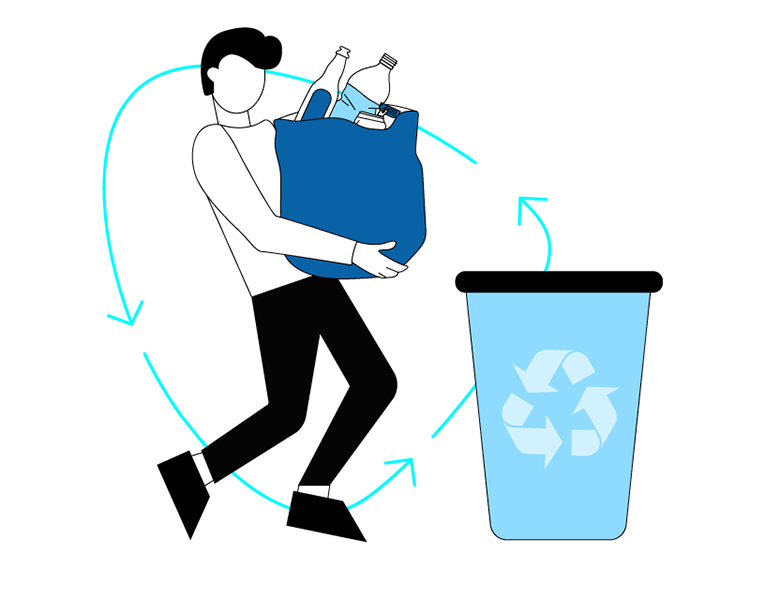
At Ingedata, we offer tailored annotation techniques to meet the needs of your Computer Vision projects—balancing speed, precision, and performance. Whether you're building AI tools for industrial quality control or waste sorting automation, we deliver the accuracy your models require.
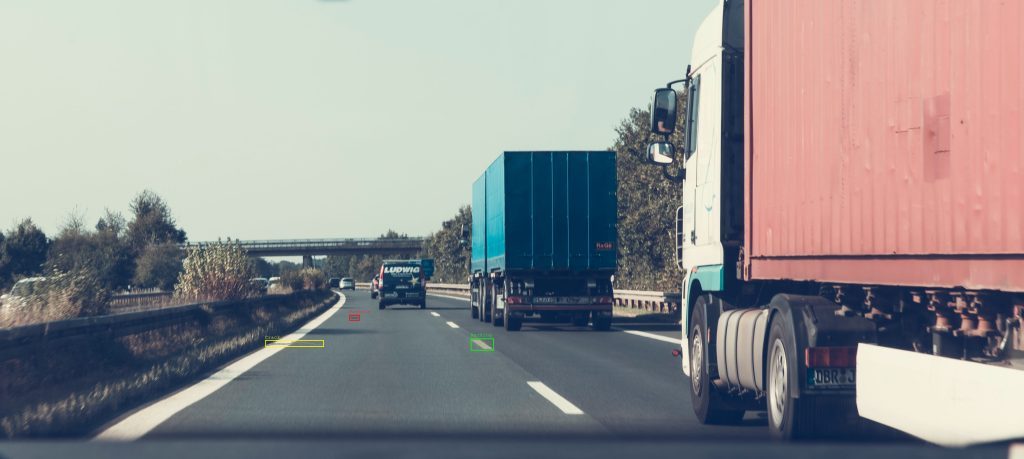 Bounding Boxes are one of the most widely used image segmentation techniques. They define an object’s shape using X and Y coordinates, enabling quick and consistent annotations. While easy to draw at scale, they may include surrounding background, which can affect model precision.
Bounding Boxes are one of the most widely used image segmentation techniques. They define an object’s shape using X and Y coordinates, enabling quick and consistent annotations. While easy to draw at scale, they may include surrounding background, which can affect model precision.
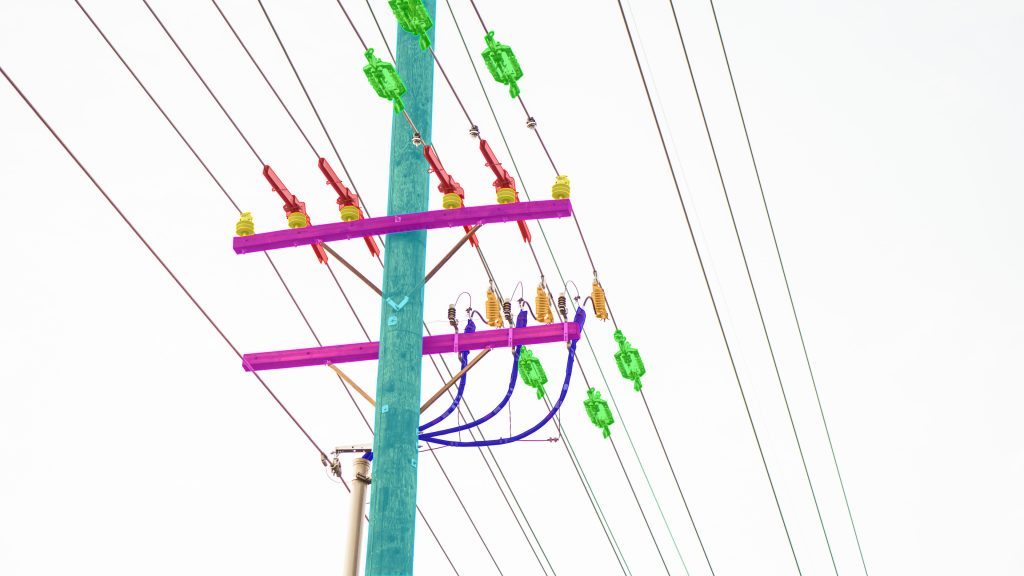 Polygons provide a more detailed outline of objects, capturing their exact shape while excluding unnecessary background noise. This method is ideal when you need accurate results without the time investment of pixel-level segmentation.
Polygons provide a more detailed outline of objects, capturing their exact shape while excluding unnecessary background noise. This method is ideal when you need accurate results without the time investment of pixel-level segmentation.
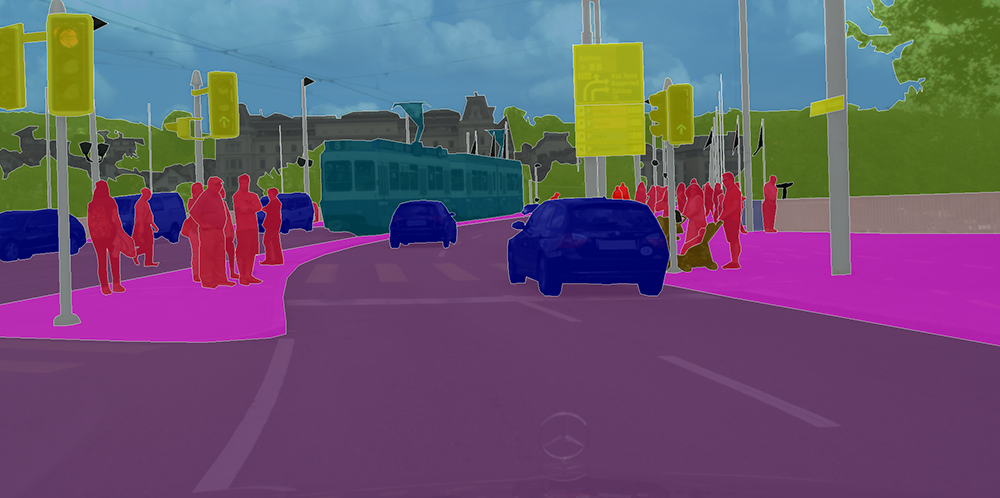 Semantic Segmentation delivers the highest level of detail by labeling each pixel in an image. This technique is ideal for training sophisticated Computer Vision models, particularly when dealing with overlapping, blurry, or shadowed elements. For best results, well-defined annotation guidelines are essential.
Semantic Segmentation delivers the highest level of detail by labeling each pixel in an image. This technique is ideal for training sophisticated Computer Vision models, particularly when dealing with overlapping, blurry, or shadowed elements. For best results, well-defined annotation guidelines are essential.
At Ingedata, we combine expert methodology with human excellence. Our team of 500 dedicated professionals delivers top-tier data services trusted by leaders in manufacturing, recycling, and technology. As a people-first company, we take pride in bringing skilled talents from developing countries to the forefront of the international AI and digital services arena.


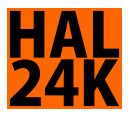



« Ingedata brought great project management skills to our project. I was a bit worried about our tight deadlines, but the quality of the project architecture secured the annotation workflows and ensured swift deployment and delivery. We could use Ingedata's annotations to retrain our AI models and hit our model accuracy targets. »
Marion Rosenstiehl Program & Product Manager @Suez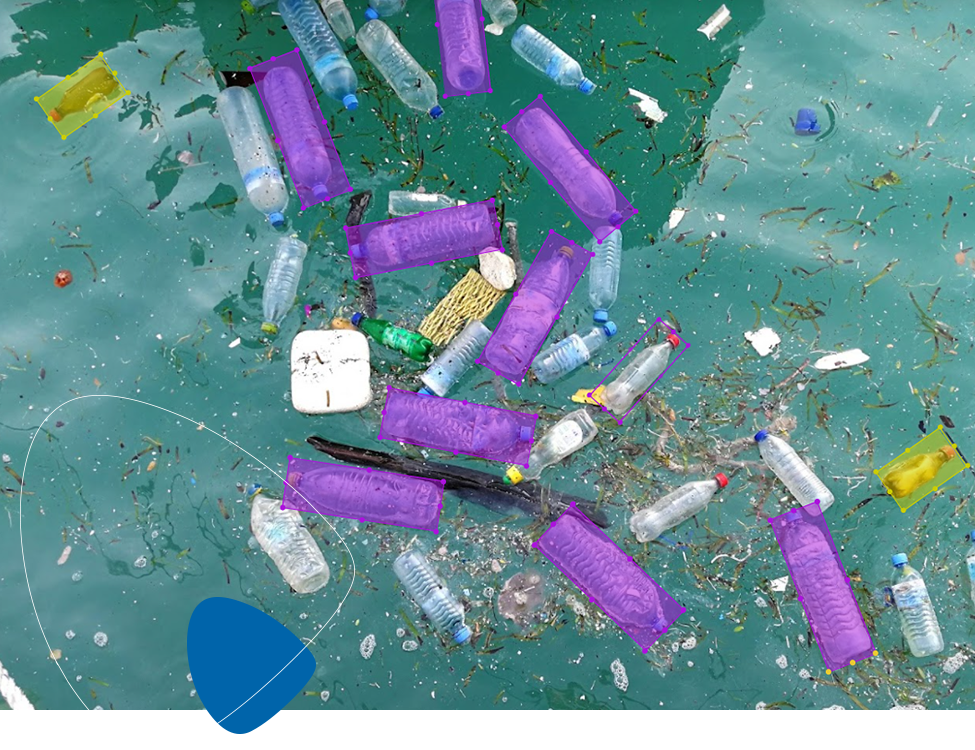
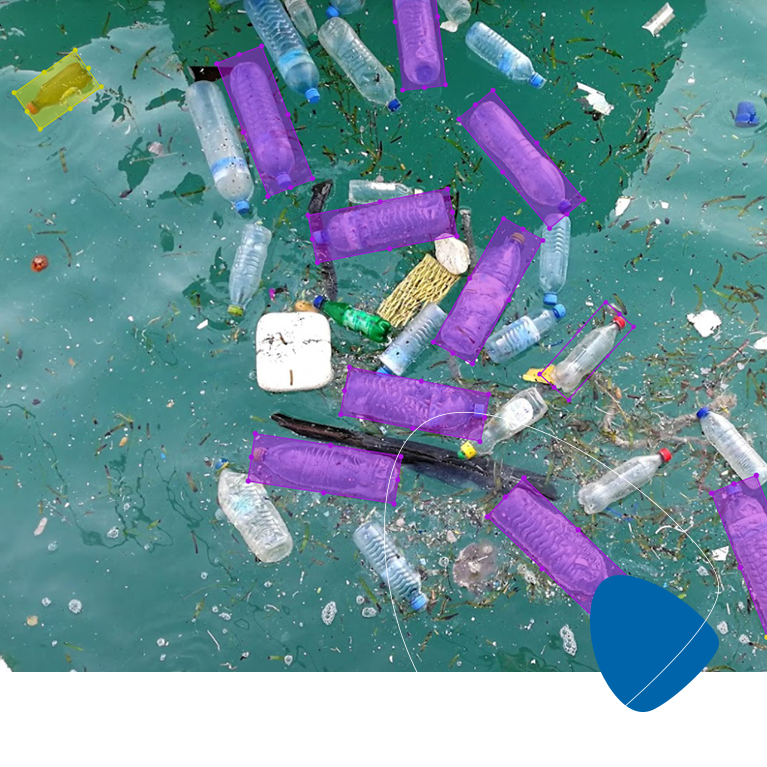
Recycling is an innovative and environmentally friendly way to manage waste. Every year, hundreds of millions of tons of waste are generated by industries around the world.
Today, many recycling processes are controlled by computers and rely on computer vision. At Ingedata, we annotate huge amounts of specific product shapes or variations across brands and geographies, as packaging is typically different in different markets.
This new generation of intelligent sorting machines allows for maximum efficiency with stand-alone equipment and continuous functions. More and more of our waste can be sorted automatically, without the need for human intervention.
The applications are unlimited and cover all products rejected by our modern societies. All types of waste are concerned: refrigerators, automobile parts, textile (bags, flags, etc.), plastics (cans, bottles), metals (copper, cans) ... All can be sorted by AI to create more value from existing waste.
Learn more about our approach and explore our case studies
From smart manufacturing to sustainable recycling, our data services power the technologies of tomorrow.
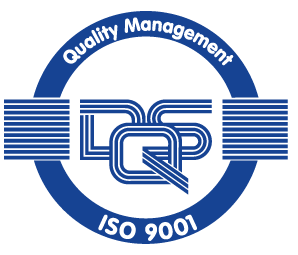
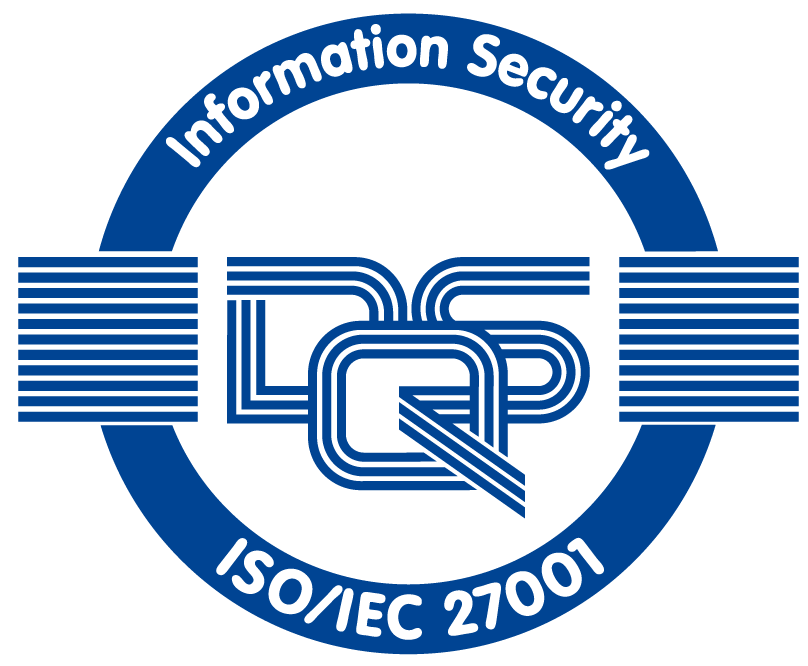

Proudly awarded as an official contributor to the reforestation project in Madagascar (Bôndy - 2024)